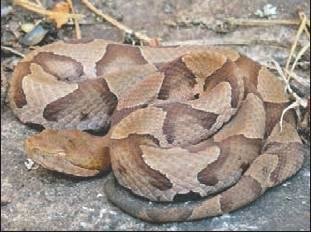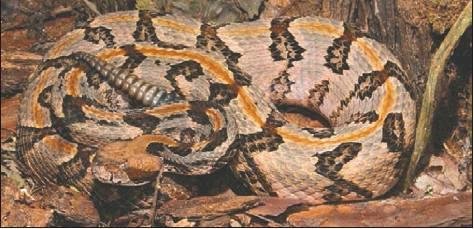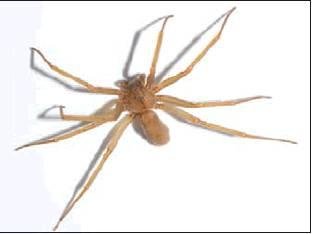Bees, spiders & snakes: How dangerous are they?
Bee stings
With spring in full swing and summer on the way, bees, wasp, and yellow jackets become more active. Most pets won’t have any problems if they’re stung, other than mild …
This item is available in full to subscribers.
Subscribe to continue reading. Already a subscriber? Sign in
Get 50% of all subscriptions for a limited time. Subscribe today.
Please log in to continueNeed an account?
|
Bees, spiders & snakes: How dangerous are they?
Bee stings
With spring in full swing and summer on the way, bees, wasp, and yellow jackets become more active. Most pets won’t have any problems if they’re stung, other than mild redness, swelling and pain at the site of the sting. Other pets may develop hives and facial swelling. Typically, Benadryl will treat the issue. Call your veterinarian before administering medications to make sure it’s safe. If your pet is not responding or the sting causes vomiting, diarrhea, or collapse, get to your vet’s office as soon as possible. You can apply a cool compress to the area. Baking soda mixed with water will form a paste which helps neutralize some of the acidic venom.
Spider bites
Spider bites are not as common in our area, but we do have some venomous species. Black widows and brown recluse spiders are venomous, but are not aggressive and live in dark, dry places. Dogs are more resistant to the bite of a black widow than cats, but small dogs can be at a greater risk. Black widows have a red hour glass figure under their abdomens. Symptoms of a bite can take up to 8 hours to develop. Clinical signs include marked pain, muscle cramps, diarrhea, vomiting, agitation, vocalization, facial tremors, and a tense abdomen. The area of the bite may only show mild redness and swelling. There is an anti-venom, but most veterinary offices don’t routinely carry it because it is so uncommon. The majority of dogs will survive without it. Brown recluse bites can cause significant necrosis or tissue death and damage. The bite may start out looking like a small blister which will turn black as tissue begins to die. The bites are rarely fatal, but can require more intensive wound care and pain management.
Snake bites
One of my staff recently had to deal with her dog being bitten by a copperhead. Fortunately, the outcome was good for her dog. Coral snakes typically don’t present a big problem because of the size of their teeth and the fact they have to chew to inject venom. Pit vipers are different. The pit vipers in our area include rattlesnakes, copperheads, and water moccassins. Copperheads and rattlesnakes account for most of the bites we see. The severity of the bite depends on the amount of venom injected, how many times your pet is bitten, size of your pet, and size of the snake. 30% of bites are mild, causing local pain and swelling but no systemic signs. You should have all bites evaluated by your vet. Most of the snakes your pet encounters will be nonpoisonous. If you have questions about a certain snake, send a picture to our office. An ounce of prevention is truly worth a pound of cure.
Other items that may interest you
















Comments
No comments on this item Please log in to comment by clicking here